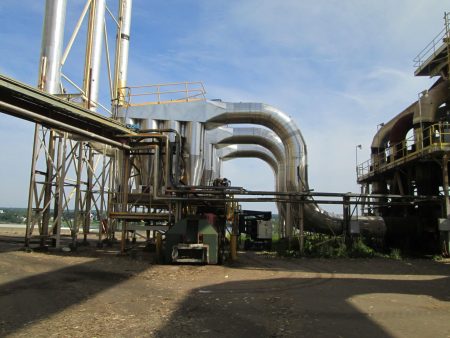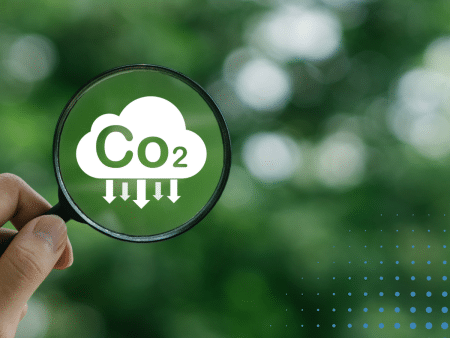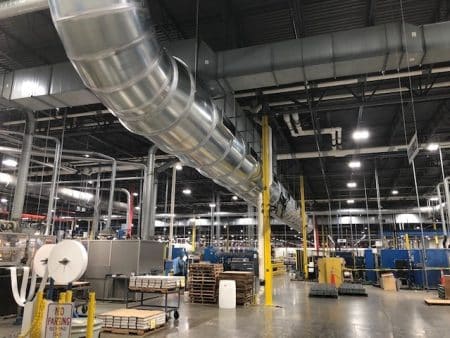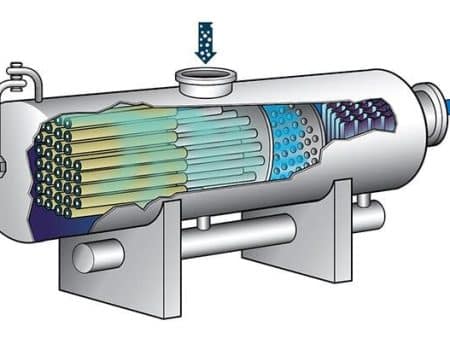Check out the 6 tips for reducing NOx emissions to keep in mind while researching NOx control systems and technologies, SNCR systems and oxidizers.
Many industrial processes utilize the combustion of natural gas, oil, or coal. However, the combustion of these fossil fuels produces nitrogen oxide or NOx, which contributes to smog and air pollution, leaving you to wonder, “How can I reduce NOx emissions?”. Finding an effective and efficient solution for reducing NOx emissions can be frustrating and time-consuming. In addition, federal regulations and energy standards can change, impacting your operational processes.
While conducting research on NOx control systems and technologies, here are 6 tips to keep in mind to help you answer the question “How to reduce NOx emissions”
How To Reduce NOx Emissions
-
Choose your NOx reduction technology based on the fuels and equipment design.
- This will allow you to select the lowest cost method for each unit.
-
Maximize your NOx reduction with expert tuning up front.
- Doing so will ensure that your burners and boiler are operating cleanly and efficiently while minimizing the additional controls needed to meet your future requirements.
-
Consider upgrading your burners.
- This will save operating expenses with minimal capital and installation costs. Stable and modern combustion designs will reduce NOx and increase efficiency.
-
Flue Gas Recirculation (FGR) can be very effective for reducing thermal NOx formation, but it may not be feasible for some units.
- FGR recirculates flue gases from the boiler exhaust duct into the main combustion chamber, reducing peak flame temperature and lowering the percentage of oxygen in combustion air/flue gas mixture.
- However, while FGR is highly effective for natural gas, it carries added operating costs and may not be feasible for some units.
- Water injection can be applied as a low capital cost NOx reduction technique for peak load conditions.
-
Selective Non-Catalytic Reduction (SNCR) systems provide a low cost technique to reduce NOx emissions by 30%-60% for both boilers and lime kilns, but it is highly temperature dependent.
- The SNCR process involves injecting a reagent into the flue gas in the appropriate temperature window.
- The reagent then reacts with NOx to form harmless nitrogen and water.
- However, SNCR is highly temperature dependent
- Advanced designs support effective operation over a wide range of loads.
Researching the most efficient and economical solution to reduce NOx emissions for your operational processes can be time-consuming. Learn more about cost-effective solutions with our Webinar Presentation on NOx Reduction Methods and complying with PA NOx RACT 2 for more information on how to reduce NOx emissions.



